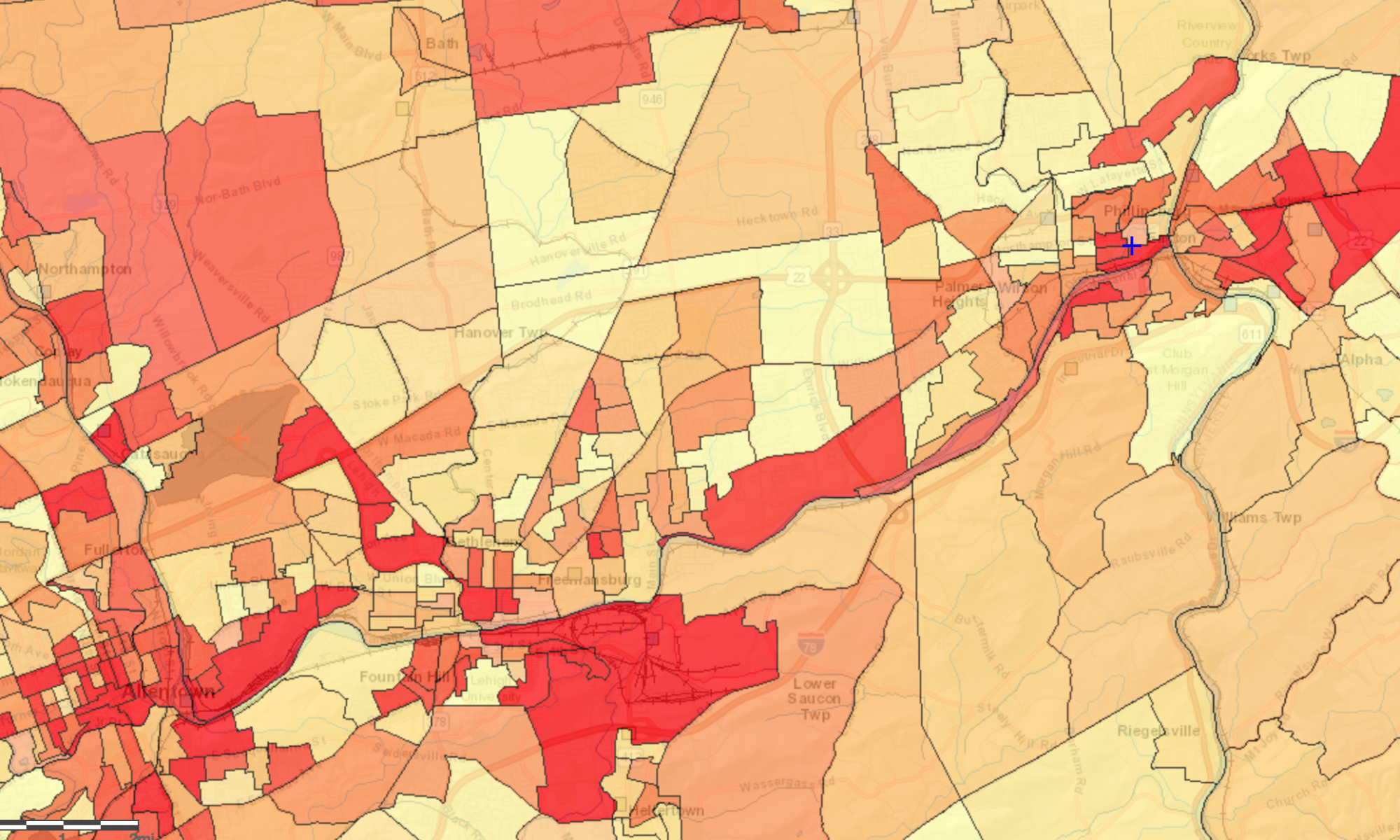What is Food Waste?
Food waste is a product of each individual stage of the food cycle: production, processing, distribution, and consumption. During food production, the food that is either lost or deemed unfit for sale creates food waste. During processing and manufacturing, food waste again comes from the food that is not up to marketing standards or is merely lost. On the distribution level, food waste comes from the food that is never purchased nor served. Finally, on the consumption level, individuals create food waste when they throw out leftover food after cooking or eating.
40% of the food produced in the United States goes to waste (Hogan Carr, 2015). This equates to 60 million metric tons of food annually, amounting to $162 billion worth of food; 32 million metric tons winds up in landfills (Nixon, 2015). This massive amount of waste piles up in landfills, even as many Americans do not get enough food. See Environmental Problems with Food Waste and Environmental Injustice of Food Waste for more on this.
Lafayette’s Contribution to Food Waste
Lafayette produces a vast amount of food waste on the distribution and consumption levels. Bon Appetit, Lafayette’s food provider, has made some efforts to reduce food waste, but it still remains a prominent issue on campus.
In terms of distribution, dining services creates a surplus of food to ensure there is enough, and throws out the excess that students do not take. Between the dining halls and the multitude of catered events on campus, there winds up being a lot of extra food that no one ever eats. Bon Appetit always prefer to have too much rather than too little, because people do not mind the excess as much as they mind not getting the food they want.
On a consumption level, students take more food than they can eat, and wind up throwing a lot of it out. A recent study, “Weigh the Waste”, in which students weighed their waste after 8 different meals in the buffet-style dining halls, Upper Farinon and Marquis, found that an average of 72.375 lbs of food is thrown out by students per meal, coming out to about 0.20 lbs per person per meal. In a school of over 2,500 students, that number adds up quickly. Dining services must produce more food to offset the food that students throw out, meaning additional resources go into food that is never eaten.
More information on Weigh the Waste can be found here: Weigh_the_Waste_Results
